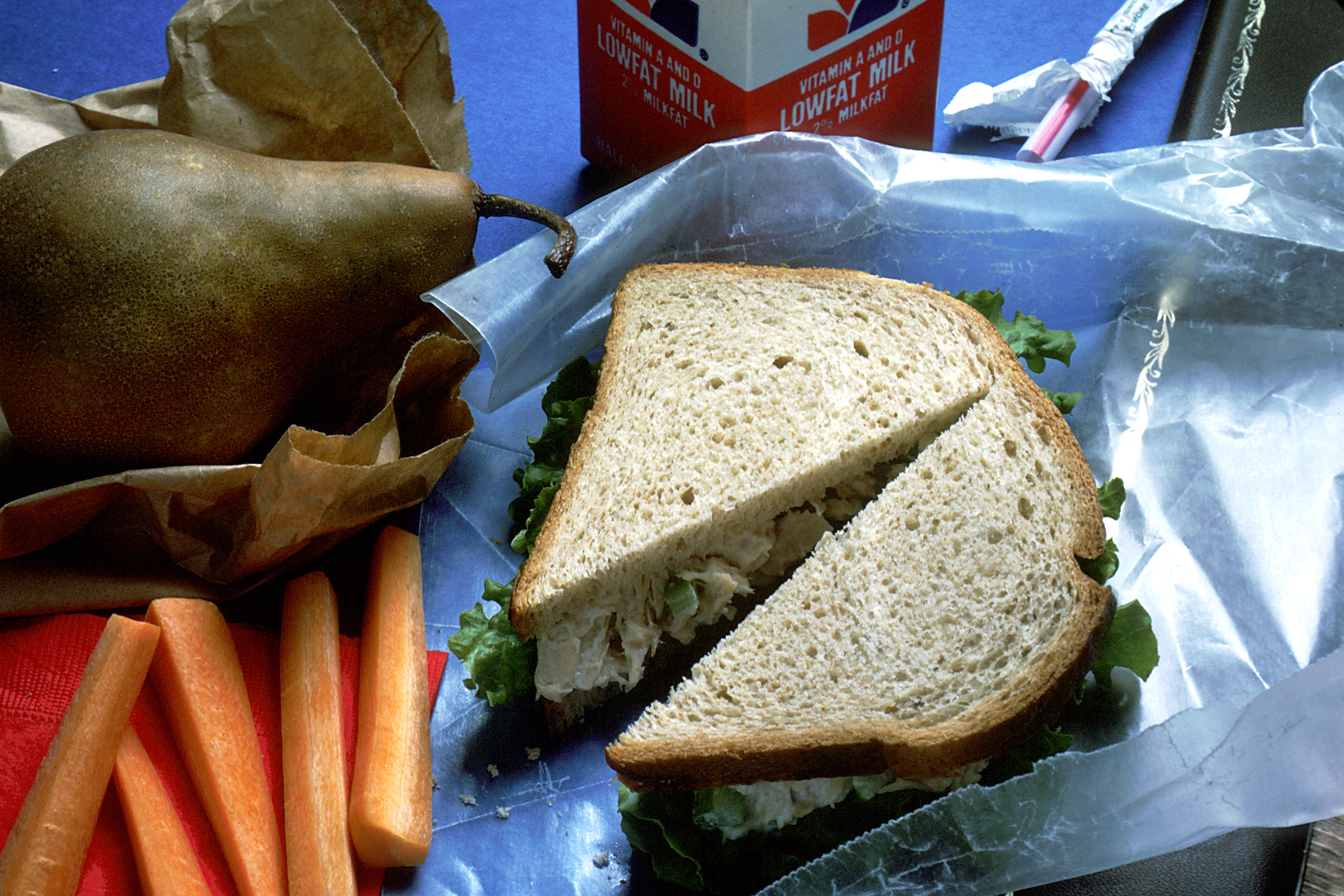One of the best ways to promote a lifetime of healthy living for your child is to enforce good eating habits early in life. As a parent, it may seem easier to let your child eat school lunches, but these typically aren’t the healthiest option - nor are they very economical. At an average cost of just over $2.18 per day (or $43 per month per student), school lunches can add up fast, especially if you have more than one child.
 On the other hand, eating healthy food every day can make the long-term cost of lunches a little cheaper. More importantly, it can help ensure that your child understands general nutrition early in life, as well as kick-start a lifelong disease prevention strategy. With that in mind, we recommend committing to a lunch packing plan whenever possible. Here’s just a few ways you can make healthy school lunches without making your life much more complicated:
On the other hand, eating healthy food every day can make the long-term cost of lunches a little cheaper. More importantly, it can help ensure that your child understands general nutrition early in life, as well as kick-start a lifelong disease prevention strategy. With that in mind, we recommend committing to a lunch packing plan whenever possible. Here’s just a few ways you can make healthy school lunches without making your life much more complicated:
- Conserve Groceries: When you get back from a shopping trip, fruits and vegetables are often the first items in your fridge to go bad. You can avoid this by only buying as many of these items as you need in the short term (if there’s a good deal on something, though, you can always freeze, can, or vacuum seal them to maximize their longevity). It also helps to keep a product's shelf life in mind when purchasing it. There are some fruits and vegetables that can last several weeks in the refrigerator: apples, oranges, celery, and carrots all have a long shelf life, and kids tend to enjoy them. Grapes, peaches, pears, and plums, however, expire quickly.
- Pitch the Packaged Stuff: As a general rule, pre-packaged lunch products are expensive and unhealthy. These products are usually high in sodium, trans fat, and preservatives - and may even be worse for your child than the standard school lunches that are for sale! With a little bit of planning, though, parents can usually produce something that’s tasty and healthy with very little effort. Try baking homemade granola bars, or packing some apples with peanut butter, carrots with dip, or even low sodium cold cuts or fresh cheese (in moderate portions).
- Healthy Things Come in Good Packages: A lunch box isn’t just your child’s opportunity to express themselves. By choosing sensible containers, you can promote healthy eating values that they can stick to for years to come. For lunch boxes, try to find a product that has snack compartments, which will save you time packing lunches in the long run. There are also insulated lunch bags available that work equally well for hot and cold foods - these will allow you to add more variety to your child’s diet and keep things fresh day after day. Finally, avoid purchasing water bottles and juice boxes, which can get expensive; insulated Thermoses and refillable bottles are perfect investments for sending the kids to school with healthy beverages.
- Leverage Your Leftovers: Reusing your leftovers from the previous night is one of the easiest, most affordable lunch options. Of course, for this to fit in with a healthy school lunch plan, it’s essential to eat healthy dinners, too! Some leftovers can even be re-purposed into new meals - that leftover turkey would make a great sandwich, for example. Just make sure you’re including fruits and veggies with those items!
And finally, the most important part of promoting healthy school eating is to keep at it! There will be times when it will seem so easy to just give in a buy pre-packaged lunches, but the work you put in now will show clear benefits years down the road - in your wallet and in your child’s overall health. For more advice on packing healthy school lunches, we recommend exploring the resources available through Choosemyplate.gov and Nutrition.gov - both of which feature the latest and greatest information about healthy eating options for your children.

